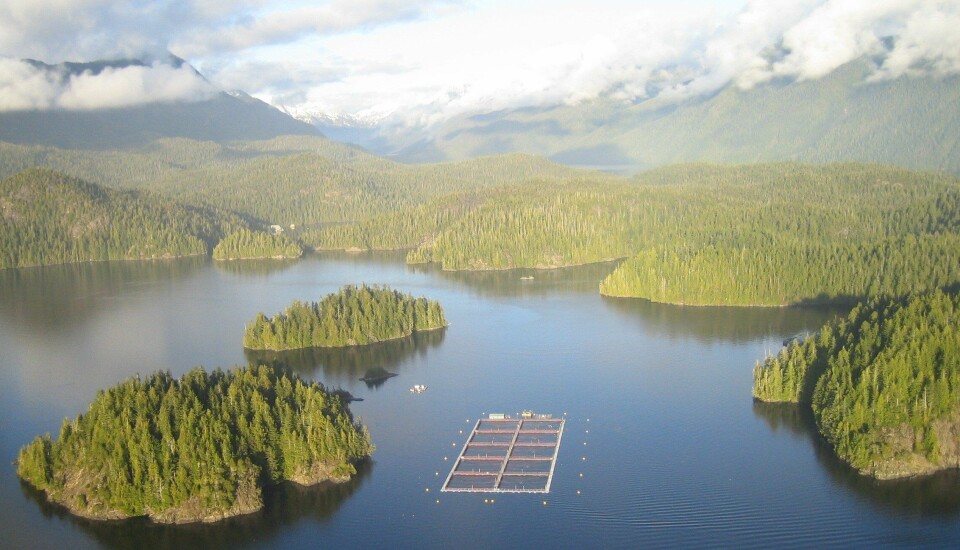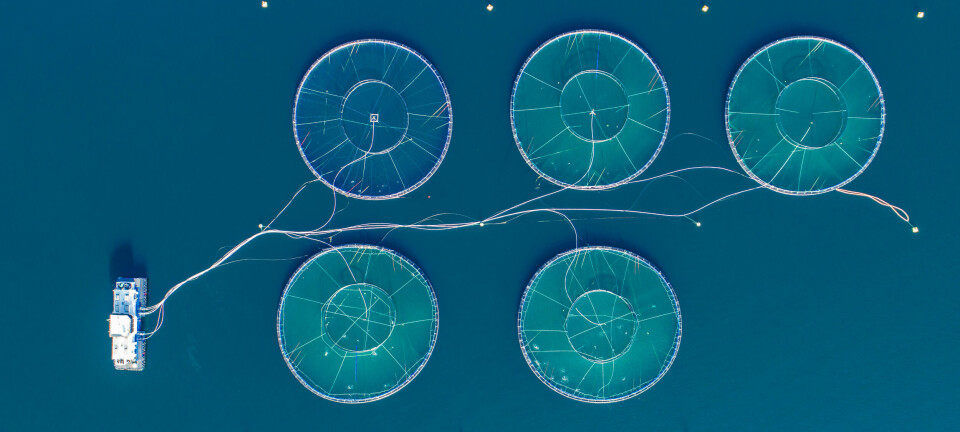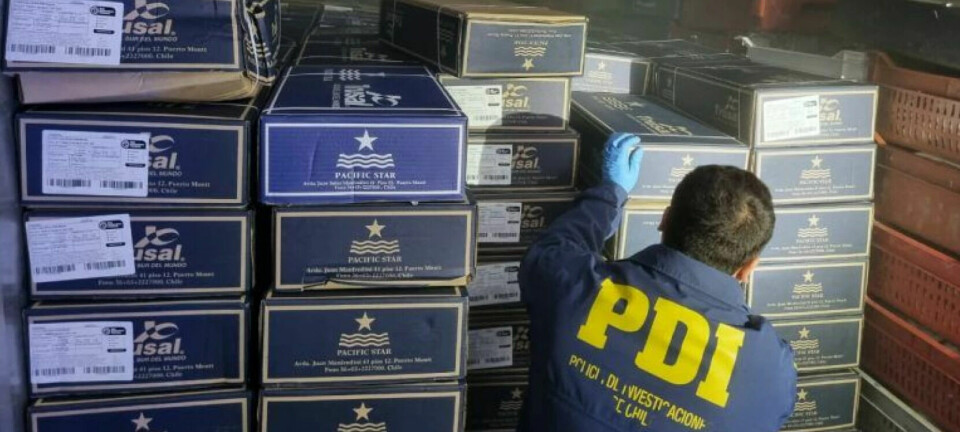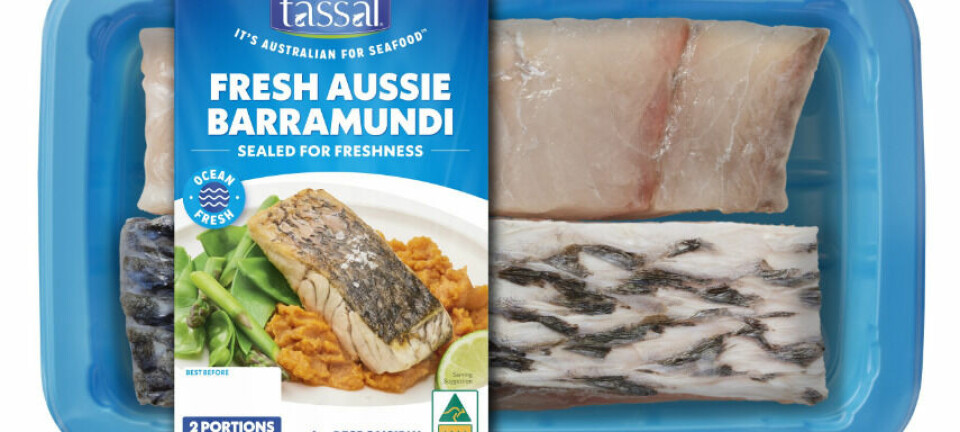
Cermaq Canada antibiotic use up, survival down
Salmon farmer Cermaq Canada used more antibiotics and in-feed sea lice treatment in the third quarter of 2018 than in the same period the year before.
The rolling 12-month fish survival rate also dropped from 93.9% in Q3 2017 to 89.7%, partly as a result of having to cull fish at one site because of lice issues.
The infestation helped push the average number of adult female and mobile lice per fish on Cermaq’s British Columbia farms up to 4.71, compared to 1.0 in Q3 2017.
“Sea lice levels at a few fish farms in Clayoquot Sound region have been higher than usual compared with the same quarter last year, leading to a higher average lice count,” said the Japanese-owned company in its quarterly sustainability report.
“Use of sea lice treatment in feed increased to 0.6 grams of active ingredient in feed per ton (Q3 2017: 0.3) of live weight equivalent harvested.”
Use of antibiotics rocketed from 9 grams per ton harvested in Q3 2017 to 252 g/ton in the same period this year. Cermaq Canada’s antibiotic use for the whole of last year was 51 g/ton.
Fall in survival rate
Cermaq Norway reported a fall in its rolling 12-month fish survival rate from 96.1% to 93.6%, and also noted that 6,929 fish had escaped during the period, nearly all of them due to a fire on a cage.
The average number of female lice fell from 0.08 to 0.07, and no antibiotics were used.
Cermaq Chile reported that the survival rate for Atlantic salmon and rainbow trout improved compared to the same period last year, with rolling survival rate of 94.7% (Q3 2017: 93.8%) for Atlantic salmon and 98.6% (Q3 2017: 96.9%) for trout. The survival rate for Coho salmon decreased to 95.5% compared to 96.7% during the same period in the previous year.
Antibiotic use increased compared to the same quarter last year, with a use of 433 grams active ingredient used per ton harvested compared with 359 grams per ton during Q3 2017. The main reasons for antibiotic use were control of Piscirickettsiosis (SRS), yersinosis, and furunculosis.
SRS vaccine
“Cermaq has a strong commitment to finding a sustainable solution for SRS, which currently can be partially controlled by traditional vaccination and managed by the use of antibiotics,” the report stated.
“For the last five years Cermaq’s R&D team has worked actively with industry and academic partners to develop new and effective vaccines to fight SRS, promote vaccine innovation and their proper use.
“Cermaq Chile will continue to work on initiatives to reduce SRS during the farming stage, by encouraging the development of new vaccine prototypes, development of novel vaccination strategies and the use of these vaccines in Cermaq Chile sites.”
Sea lice counts were the same as in Q3 2017, at 0.97 adult female lice (Caligus) per fish.




















































